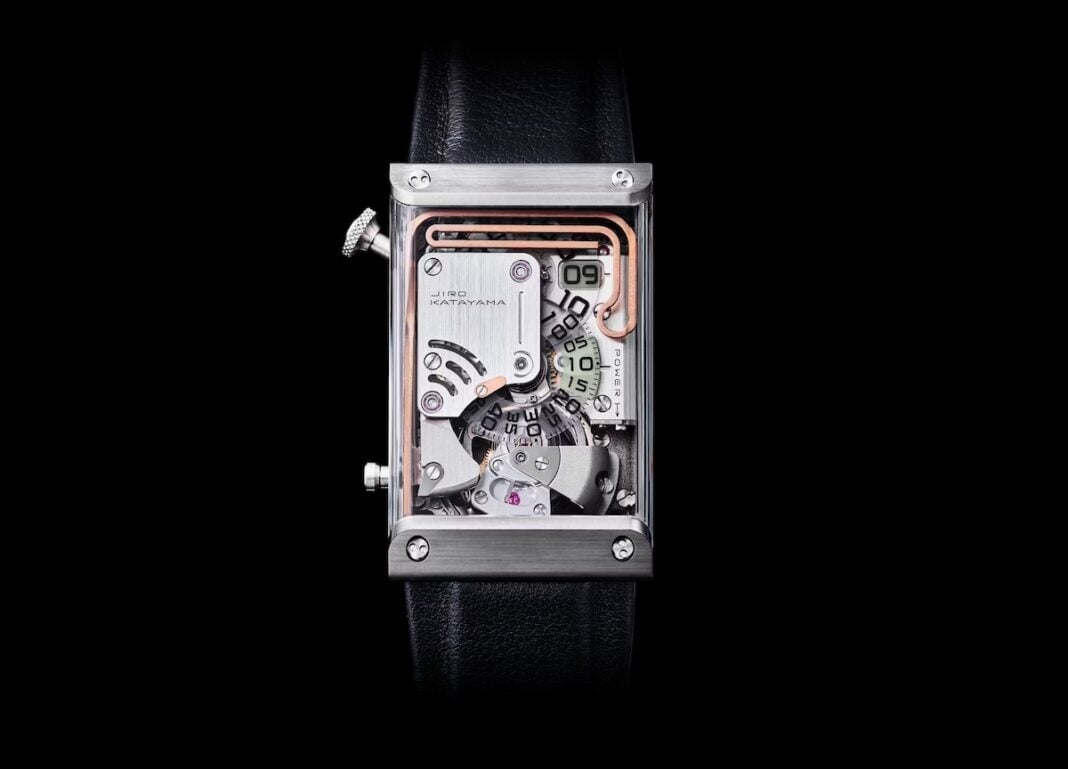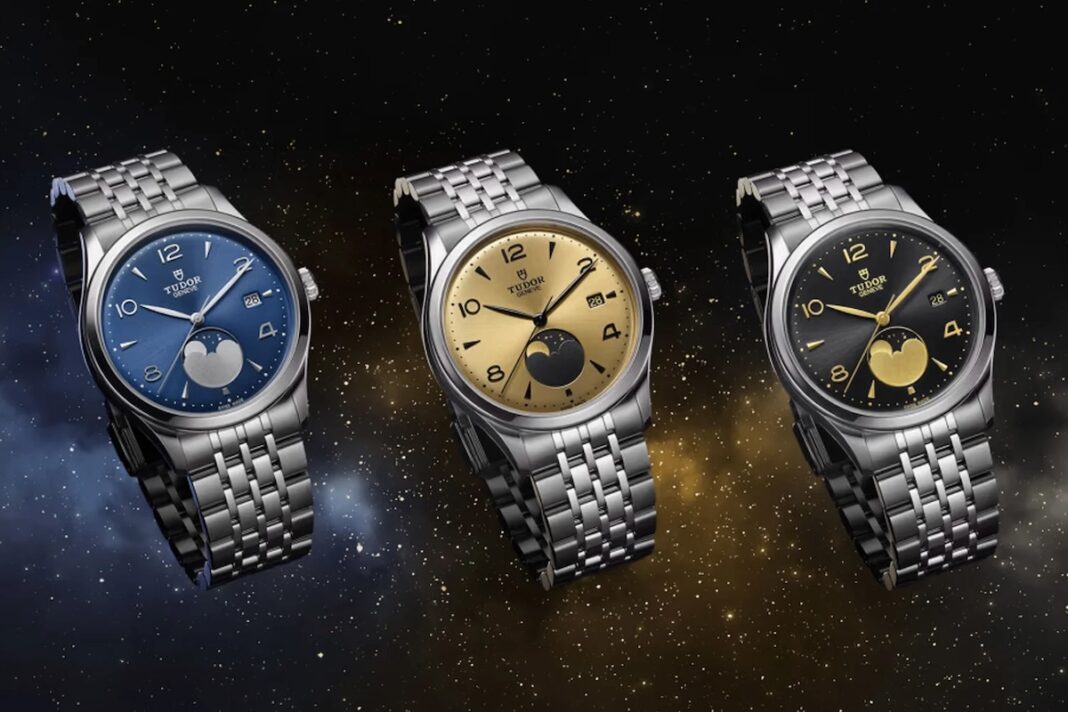When a microbrand known for playful mechanical quirks suddenly unveils a high-complication wristwatch, it demands attention. With the Ōtsuka Lōtec No. 9, Jiro Katayama pushes from artisanal inventiveness into the territory of serious haute horlogerie—tourbillon, jumping hours, sonnerie au passage—all in a compact and industrial-machined shell.
Brand Origins and Evolution
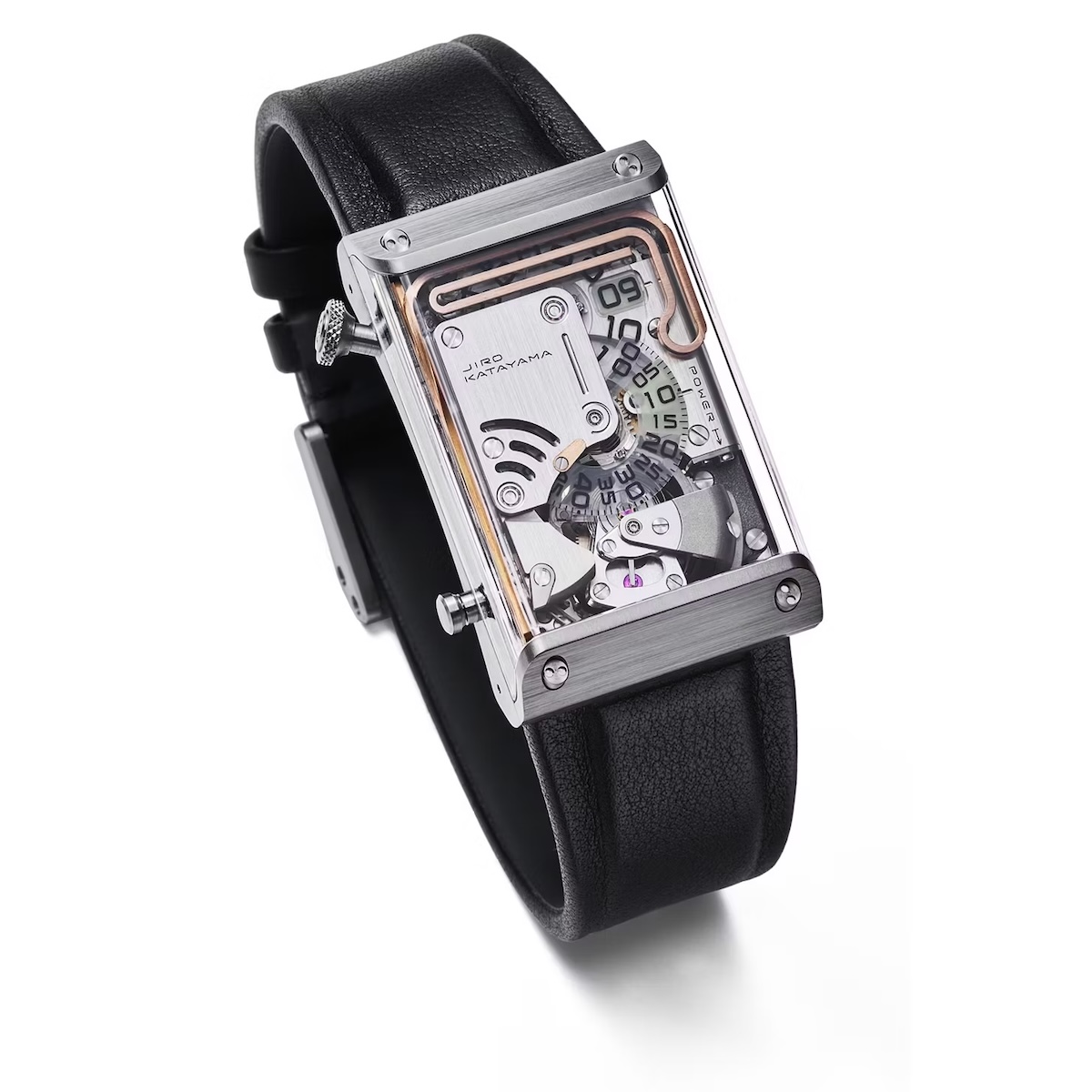
Ōtsuka Lōtec started life much more modestly: Katayama, originally an industrial designer turned garage-watchmaker, built a niche reputation for watches that mix mechanical ingenuity, inventive displays and a kind of steampunk aesthetic. In Japan the brand has been a cult favorite; outside Japan it’s hard to access, producing barely 15 watches a month. Their earlier models—often quirky, hybrid in style and relatively affordable—earned a Challenge Prize at GPHG 2024 for creative displays.
But No. 9 signals a clear shift upward. Katayama is no longer content with clever modules; he has aimed for a more ambitious, fully integrated high complication. Instead of incremental improvements, No. 9 represents a bold redefinition of his brand’s possibilities.
Technical Mastery & Mechanical Architecture
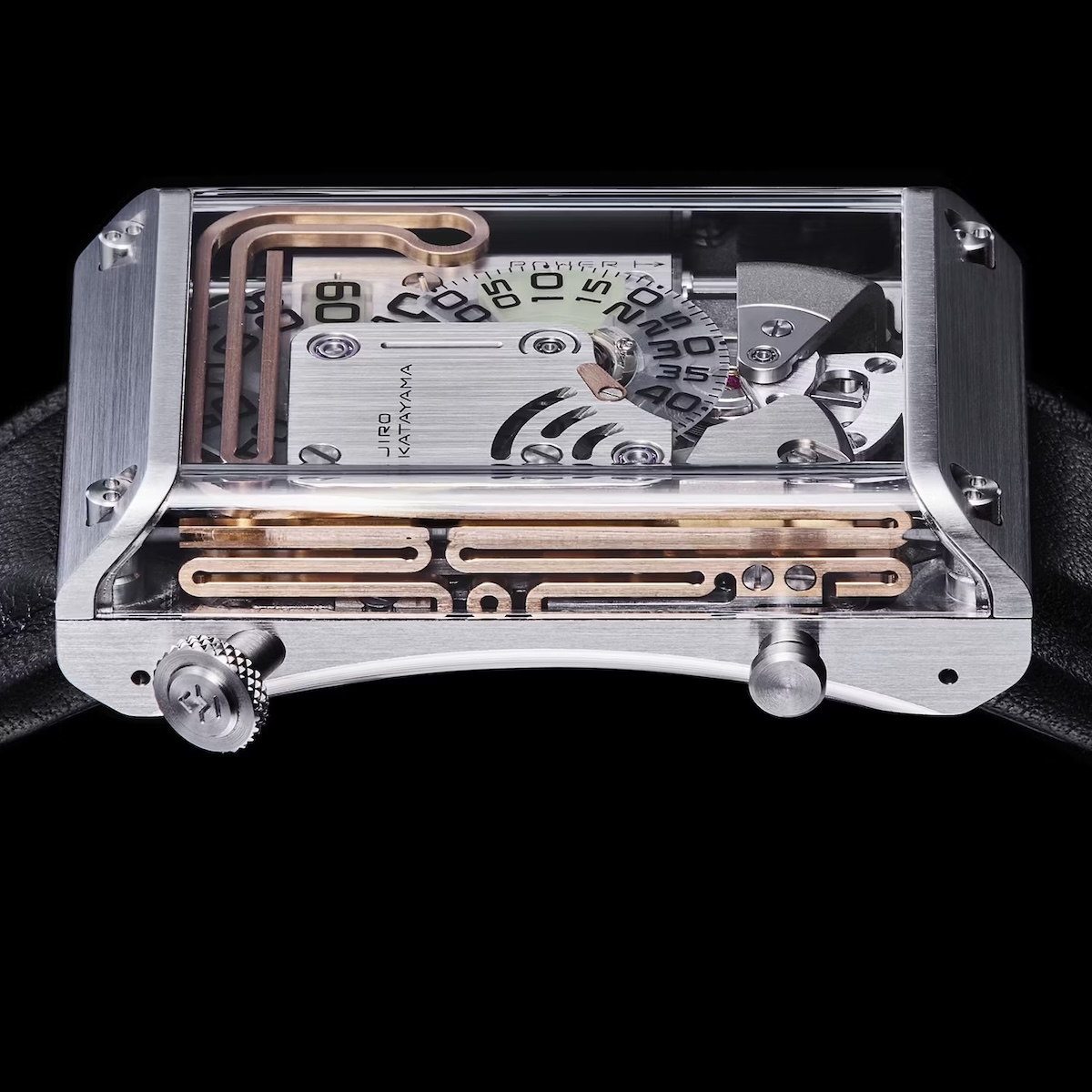
The No. 9 is remarkable for how much is packed into its small footprint: 41.3 × 26.4 mm, 10.35 mm thick, in 316L stainless steel. The case itself has a box-crystal side profile to reveal the gong and internal architecture.
Inside is the manually wound Cal. SSGT. It offers a jump hour, a rewinding minutes mechanism, a tourbillon at 6 o’clock, power reserve indication, and a sonnerie au passage (striking the hours). It runs at 3 Hz, gives ~40 hours of reserve, and uses 5 ball bearings—notably, the hour disc rotates on a 2.5 mm jeweled ball bearing supplied by MinebeaMitsumi. The tourbillon pivot uses a 1.5 mm ball bearing, said to be the smallest in the world.
In one more flourish, the striking mechanism is visible: a hammer recharges across each hour and then strikes a long, pipeline-shaped gong via an industrial hammer, producing an intentionally raw, mechanical sound. There’s also an on/off button to disable the chime. The power reserve is shown by a rod that retracts under an arrow pointing to “POWER” as the mainspring depletes.
To accommodate all this, the watch uses 278 components in total. Some elements, like the barrel, borrow inspiration from the ETA/Unitas 6498, but the integration and layering of complications is entirely original. The name “SSGT” is derived from “Su-Shi-Ge-Ta”, referencing how sushi is served on a geta plate—a playful nod to the layering in the movement. Water resistance is modest (30 m) and the lug width is unusually large at 26 mm for such a case.
Aesthetic Character & Intended Wearer
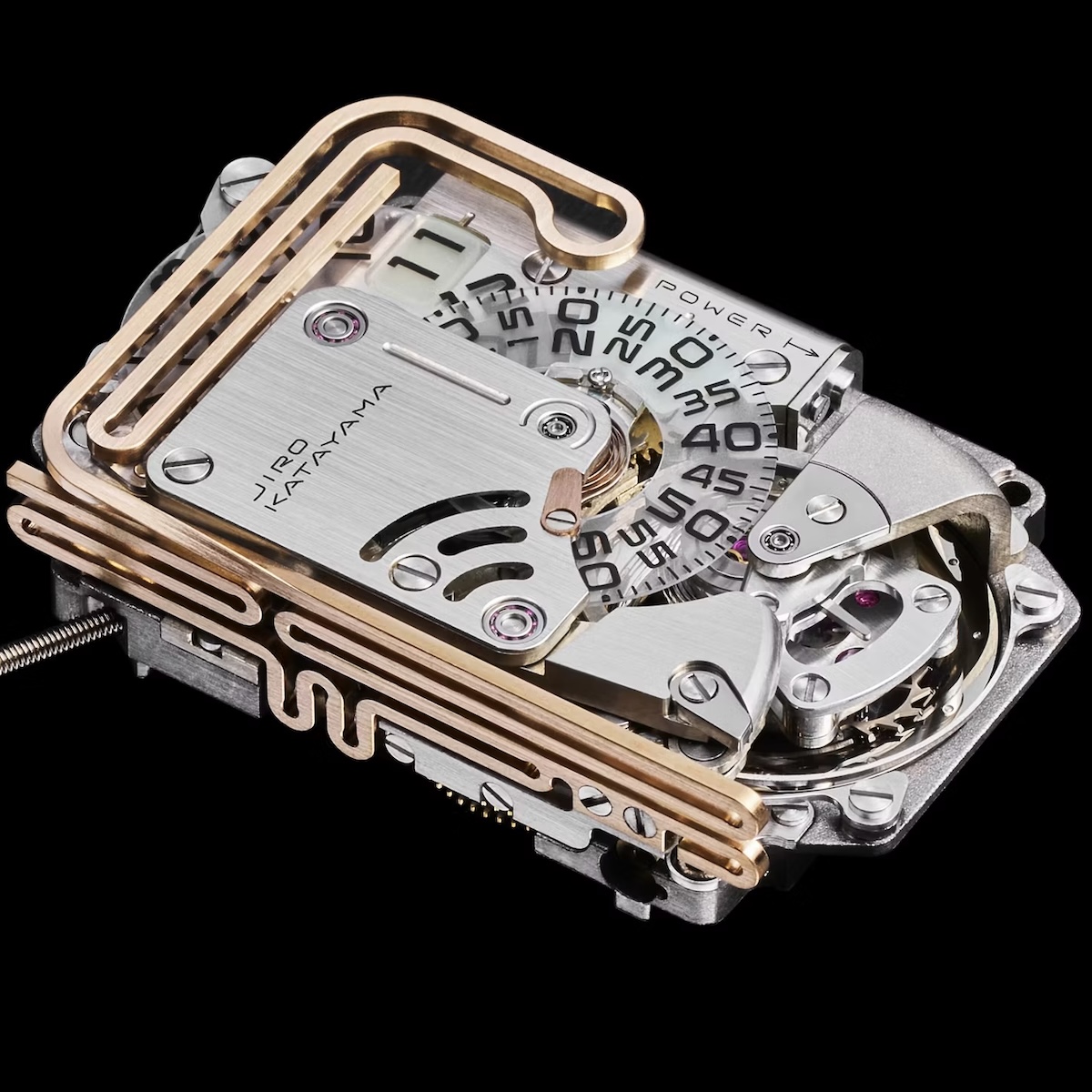
Visually and conceptually, the No. 9 leans fully into industrial machinery. Katayama wanted each moving part beneath the sapphire to feel like pure mechanical equipment—textures, vibrations, sound. The open-worked bridges, visible gong pipes, and angular geometry evoke electric meters and mechanical infrastructure from old Japan.
The time display is unusual: two overlapping transparent discs (hour and minute) are backlit by lume blocks so the watch remains legible in the dark. The jump hour disc rests on its bearing, and the rewinding minutes add visual dynamism to the display.
This is not a watch for the faint of heart. It appeals to collectors who admire mechanical audacity and are comfortable with experimental layouts rather than traditional dial symmetry. It suits someone who wants a conversation piece rather than a conventional daily wearer. In terms of lifestyle, it belongs firmly in the collector’s realm: the kind of watch you pull out on weekends, at enthusiast gatherings, or when you want to showcase mechanical artistry.
Final Thoughts, Pricing, Availability
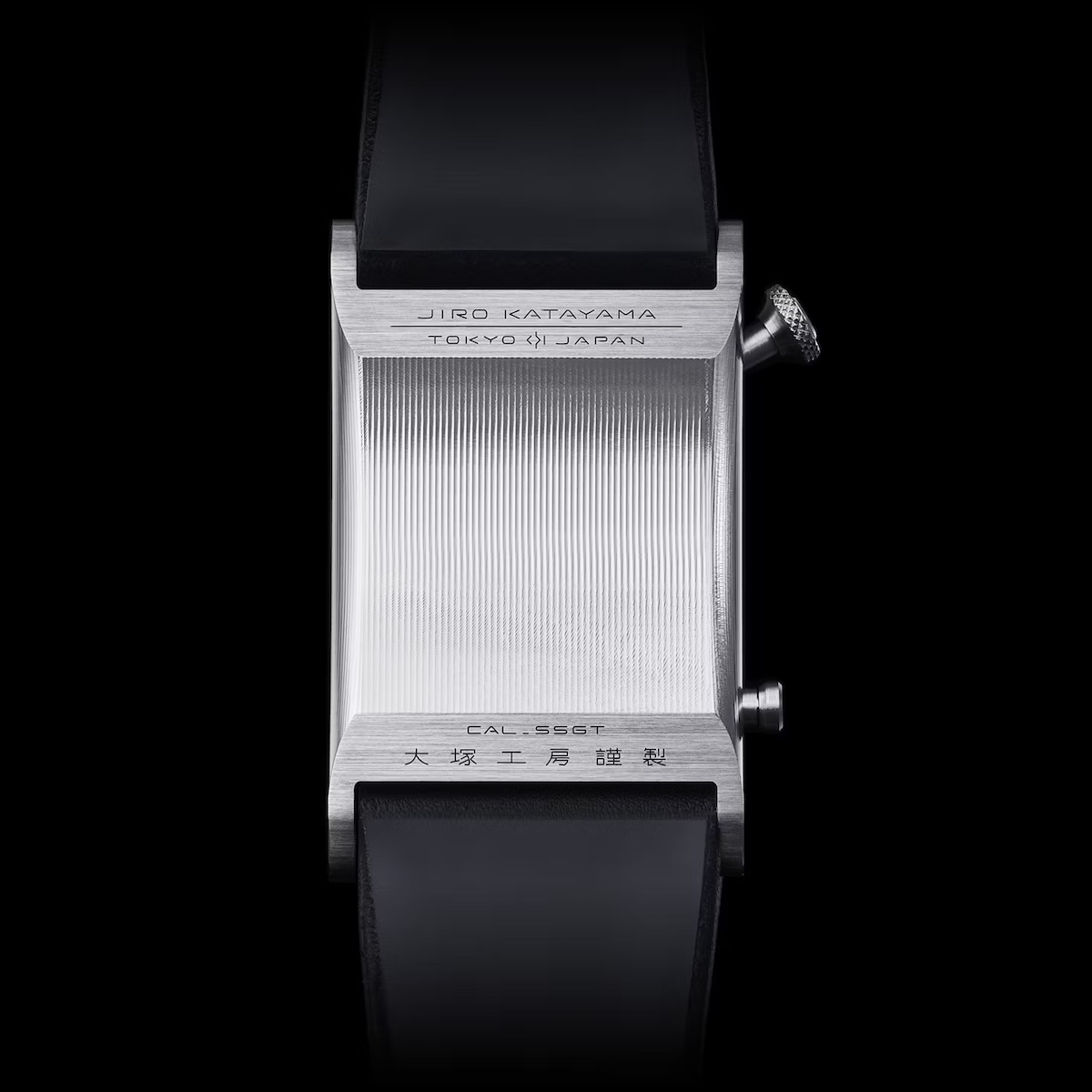
The Ōtsuka Lōtec No. 9 is a gutsy step forward for Katayama’s brand. It may not reach the refinement of the most established Swiss maisons, but its audacity, mechanical layering, and expressive individuality make it a fascinating experiment in microbrand haute horlogerie.
The watch is priced at 16,000,000 JPY, around $108,000 USD. Production numbers and delivery schedules remain limited and unconfirmed, but it will certainly be reserved for a select few.
My take: for collectors who respect mechanical courage and want something radically different, this is exactly the kind of watch that sparks curiosity and debate. It’s not safe, but that’s what makes it compelling. And if you like it, here is another “similar” timepiece, from Asia again, that deserves your attention : the Fam Al Hut Bi-Axis Tourbillon.
